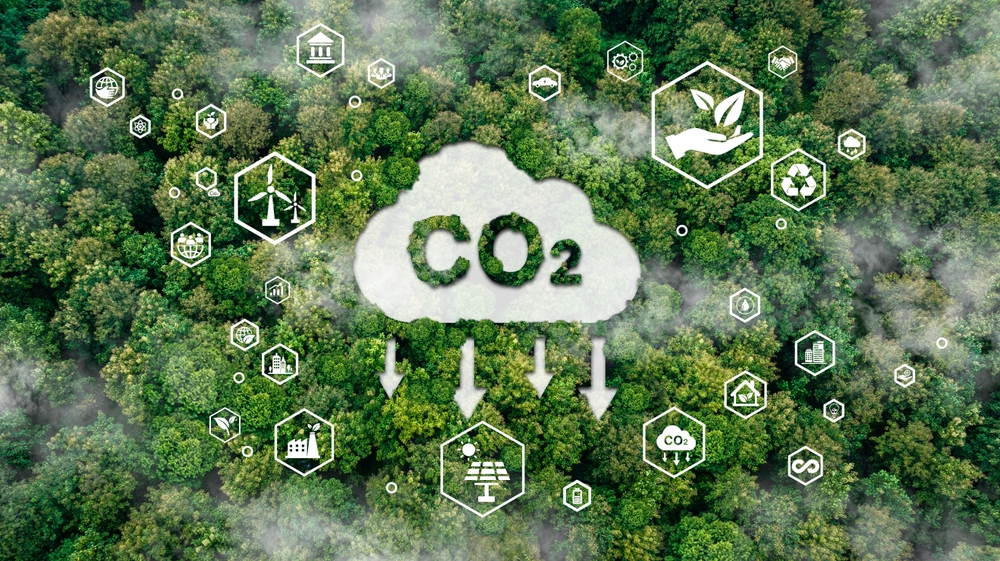Energy Efficiency, GHG Emissions, Industrial - December 21, 2023
DOE Funds Low-Carbon Projects in CA, ND, and TX
The U.S. Department of Energy (DOE) Office of Clean Energy Demonstrations (OCED) announced up to $890 million in funding for three projects to demonstrate technologies designed to capture, transport, and store carbon emissions.
The three projects—located in California, North Dakota, and Texas— were funded by the Bipartisan Infrastructure Law, according to a statement. They have the potential to lower carbon dioxide emissions from three power plants by preventing roughly 7.75 million metric tons of CO2 emissions from being released into the atmosphere annually.
The Carbon Capture Demonstration Projects Program aims to advance integrated carbon capture, transport, and storage technologies and infrastructure that can be deployed at power plants and in hard-to-decarbonize heavy industries.
The DOE estimates that reaching President Biden’s plan for a net zero emissions economy will require capturing and storing between 400 million and 1.8 billion metric tons of CO2 from emissions sources annually by 2050.
The emissions produced from the power sector account for more than a quarter of U.S. carbon emissions.
The projects selected for award negotiation include the Baytown Carbon Capture and Storage Project in Baytown, Texas, which plans to capture CO2 from the Baytown Energy Center, a natural gas combined-cycle power plant. The CO2 will be transported using new and existing pipelines and sequestered in storage sites on the Gulf Coast.
It also includes Project Tundra near Center, North Dakota. It is a carbon capture system that will be developed adjacent to the Milton R. Young Station, a coal-fired power plant. The captured CO2 will be safely and permanently stored in saline geologic formations beneath and surrounding the power plant.
Lastly, it will include the Sutter Decarbonization Project in Yuba City, California. This project will demonstrate and deploy a commercial-scale carbon capture system at the Sutter Energy Center, a 550-megawatt natural gas combined-cycle power plant. The project will then transport the CO2 and sequester it permanently and safely more than a half a mile underground in saline geologic formations.
Share this valuable information with your colleagues using the buttons below:
« Back to NewsStay Up-To-Date












